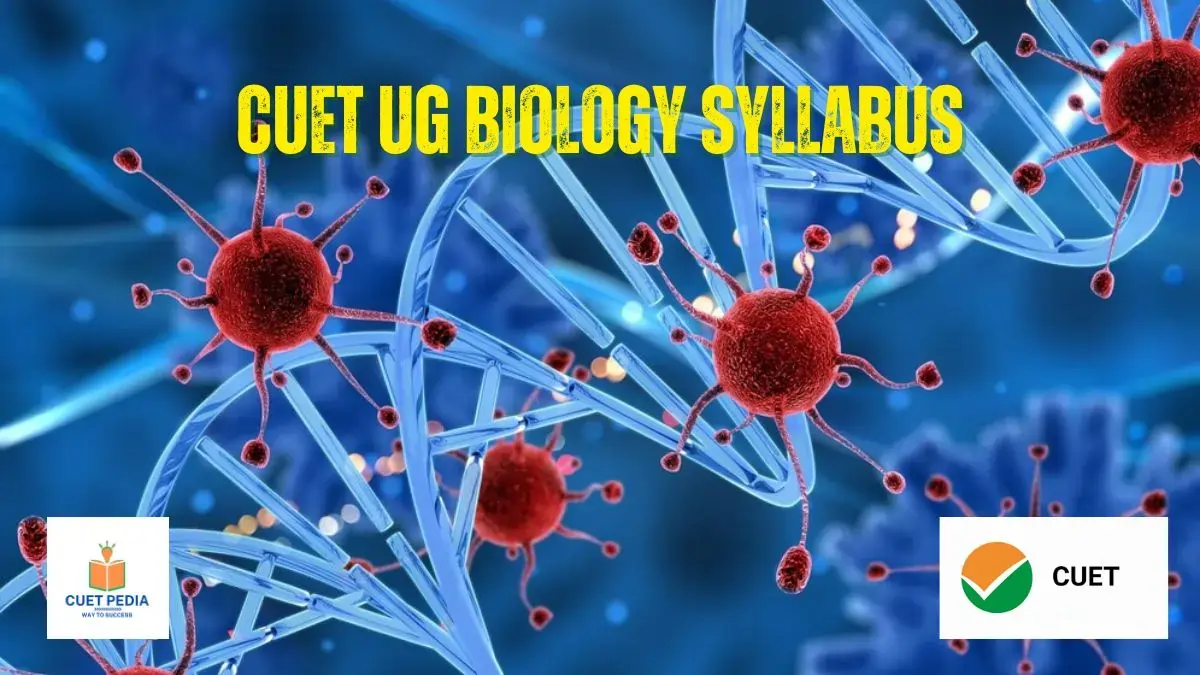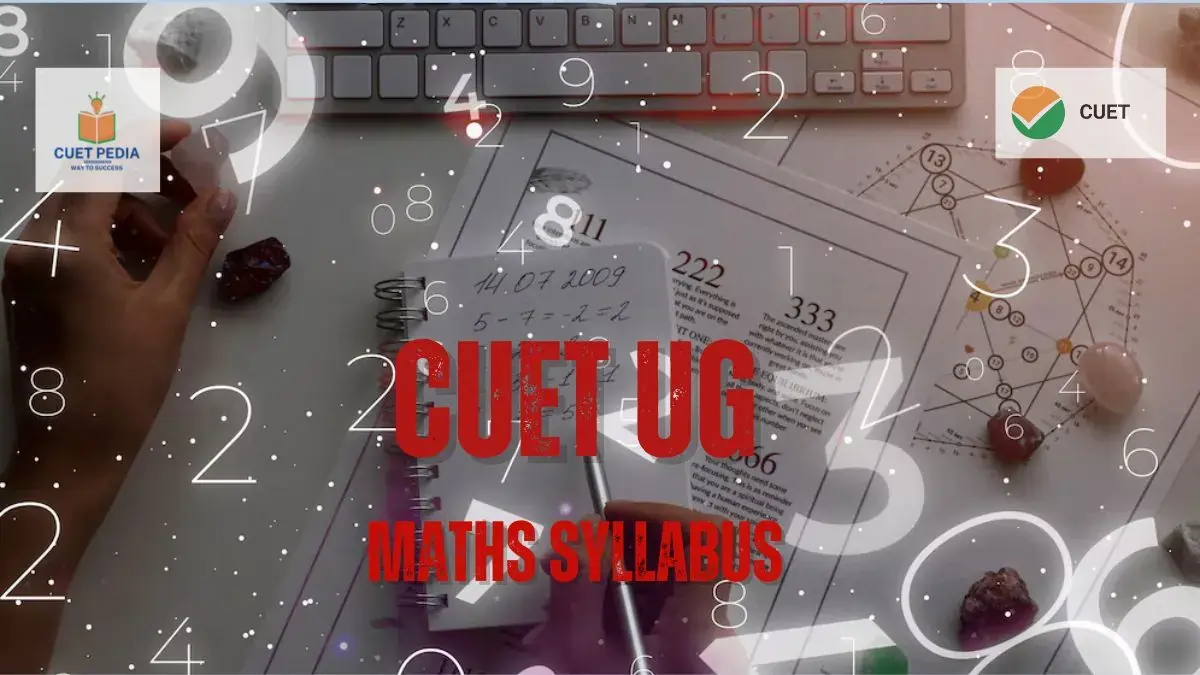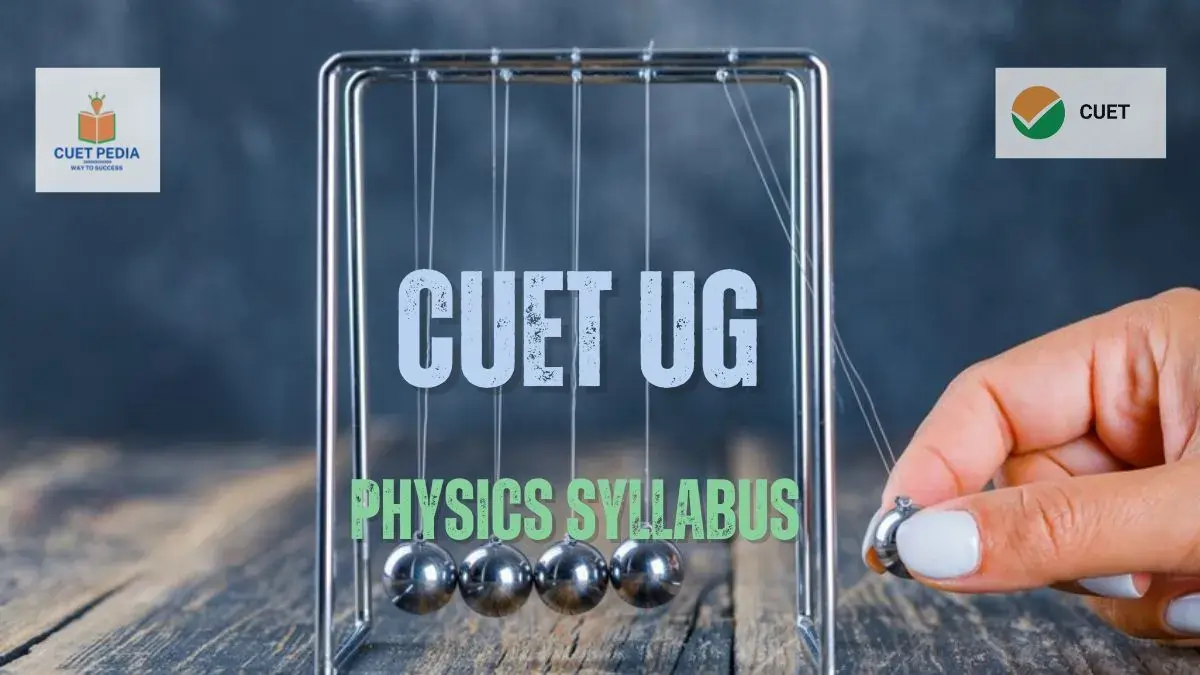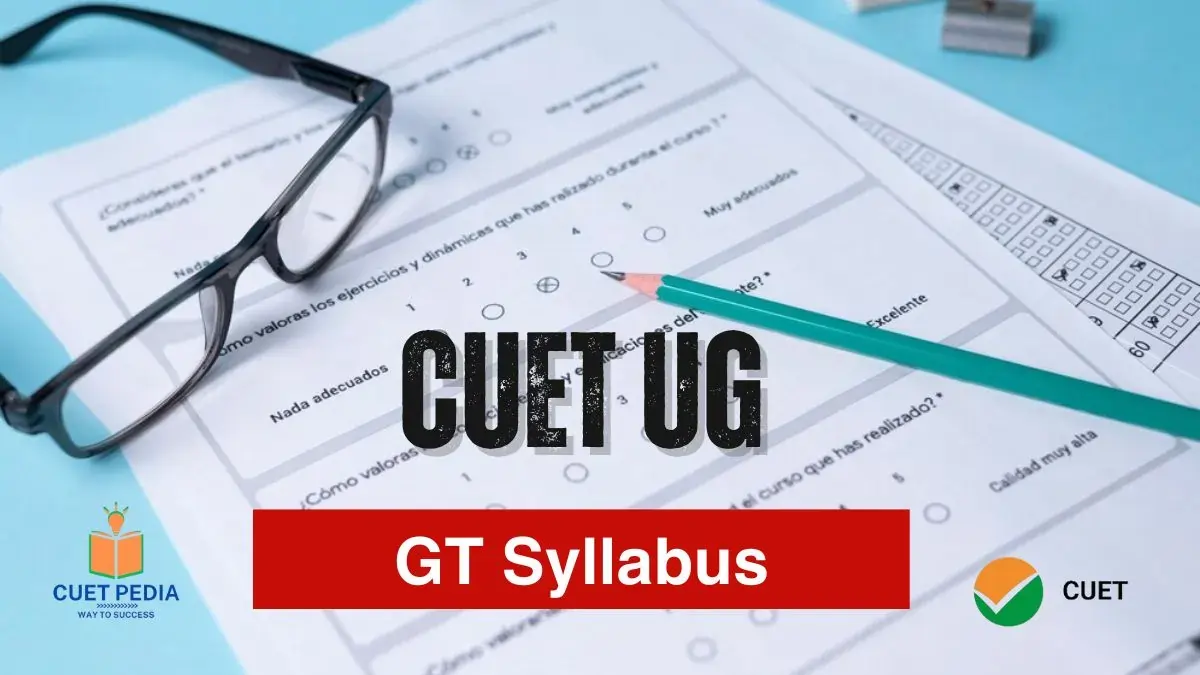To help aspirants who have taken teaching aptitude as their domain subject in the CUET exam, we have provided the details teaching aptitude syllabus. The exam is conducted for admission to central and state universities. Also, the score of the CUET exam is accepted by several private universities. The term “teaching aptitude” describes a person’s innate capacity to instruct. It can also be described as a person’s capacity to instruct once they have gotten the required training. You need teaching ability to become a competent teacher. Get the teaching aptitude syllabus PDF to access the topics offline.
CUET Teaching Aptitude Syllabus 2025
The teaching aptitude syllabus for the CUET exam consists of a total of 8 sections or units. In the CUET Domain Subject, each of these eight divisions or portions is equally weighted. An ideal applicant would concentrate equally on each of these subjects and parts. For people who want to pursue careers in teaching, mentoring, or any other form of education delivery, having a strong teaching aptitude is essential. Check the detailed section-wise teaching aptitude syllabus CUET below.
CUET Teaching Aptitude Syllabus PDF
Aspirants can download the teaching aptitude syllabus PDF from the CUET UG website cuet.samarth.ac.in. Applicants must always have the PDF ready so they may stay up to date with the CUET Syllabus. The recommended and more convenient method is to access the link below directly.
Sections in Teaching Aptitude Syllabus
The teaching aptitude syllabus is divided into sections. Section A has 15 questions from the general education aptitude. Section B is further divided into sections which are provided below:
- Section A: General Education
- Section B1: Teaching of Languages
- Section B2: The Teaching of Social Sciences
- Section B3: Teaching of Sciences
- Section B4: Teaching of Mathematics
- Section B5: The Teaching of Fine Arts
- Section B6: The Teaching of Performing Arts
- Section B7: The Teaching of Physical Education & Yoga
Unit-wise Teaching Aptitude Syllabus
Aspirants must have an understanding of unit-wise topics for a complete understanding of the teaching aptitude syllabus for the CUET exam. The teaching of languages, the teaching of sciences, the teaching of the fine arts, etc. are some of the significant topics covered in the syllabus. To ace the exam aspirants must go through the detailed syllabus given in the table.
| Unit | Topics |
| Section A | (General Education): has 15 questions. All Questions are compulsory |
| Section B | Will have many Sub Sections out of which a candidate can choose one or two or three depending on the eligibility conditions of the University they are applying for. |
| Section B.1 | Teaching of Languages |
| Section B.2 | The teaching of Social Sciences |
| Section B.3 | Teaching of Sciences |
| Section B.4 | Teaching of Mathematics |
| Section B.5 | The teaching of Fine Arts |
| Section B.6 | The teaching of Performing Arts |
| Section B.7 | The teaching of Physical Education & Yoga |
How to Prepare Teaching Aptitude Syllabus for CUET?
You can find preparation tips for the CUET teaching aptitude exam along with the expert advises that will help you ace the test with flying colours. Quickly go through the preparation strategy to ensure that you ace the teaching aptitude exam.
- Exam syllabus analysis should be done, to ensure a thorough understanding. Planning your preparations will be much simpler as a result. Check CUET Exam Pattern to know the marking scheme.
- Remember the language and vocabulary used in subject. In the CUET, they might even appear as a question type.
- To pass the CUET teaching aptitude exam, practice is required. Practice is essential for the result. Solve the CUET previous year question papers as much as possible.
- Concentrate on enhancing your communication and presentation abilities as well, as you will be expected to do so as a prospective teacher.
CUET Books for Teaching Aptitude Syllabus
The recommended books for teaching aptitude are provided below. These CUET teaching aptitude books are required to complete the whole syllabus to ace the test with ease.
- Arihant’s Teaching Aptitude and Attitude Test Book (for B.Ed. and other entrances)
- Any other books suggested by the Subject Matter Expert
Also Check,
CUET UG Teaching Aptitude Syllabus FAQs
The syllabus for the CUET Teaching Aptitude is available for download on the cuet.samarth.ac.in the website. By choosing the preferred link provided in the article, you can also download the teaching aptitude syllabus PDF in a different and quicker manner.
Teaching languages, teaching science, teaching mathematics, and teaching fine arts are just a few of the major subjects and chapters covered in the teaching aptitude syllabus for CUET.
The official CUET syllabus for teaching aptitude hasn’t changed recently. The authorities in charge of administering the exam will notify it if there is one far in advance.
The teaching aptitude CUET syllabus consists of a total of 8 units or sections. The term “teaching aptitude” describes a person’s innate capacity to instruct. Aspirants need to prepare the whole syllabus around the perspective of teaching abilities.
The teaching aptitude syllabus consists of a total of 8 units or sections. The exam syllabus gives equal weight to each of these eight units or sections. For exam preparation, look over the key CUET books.









